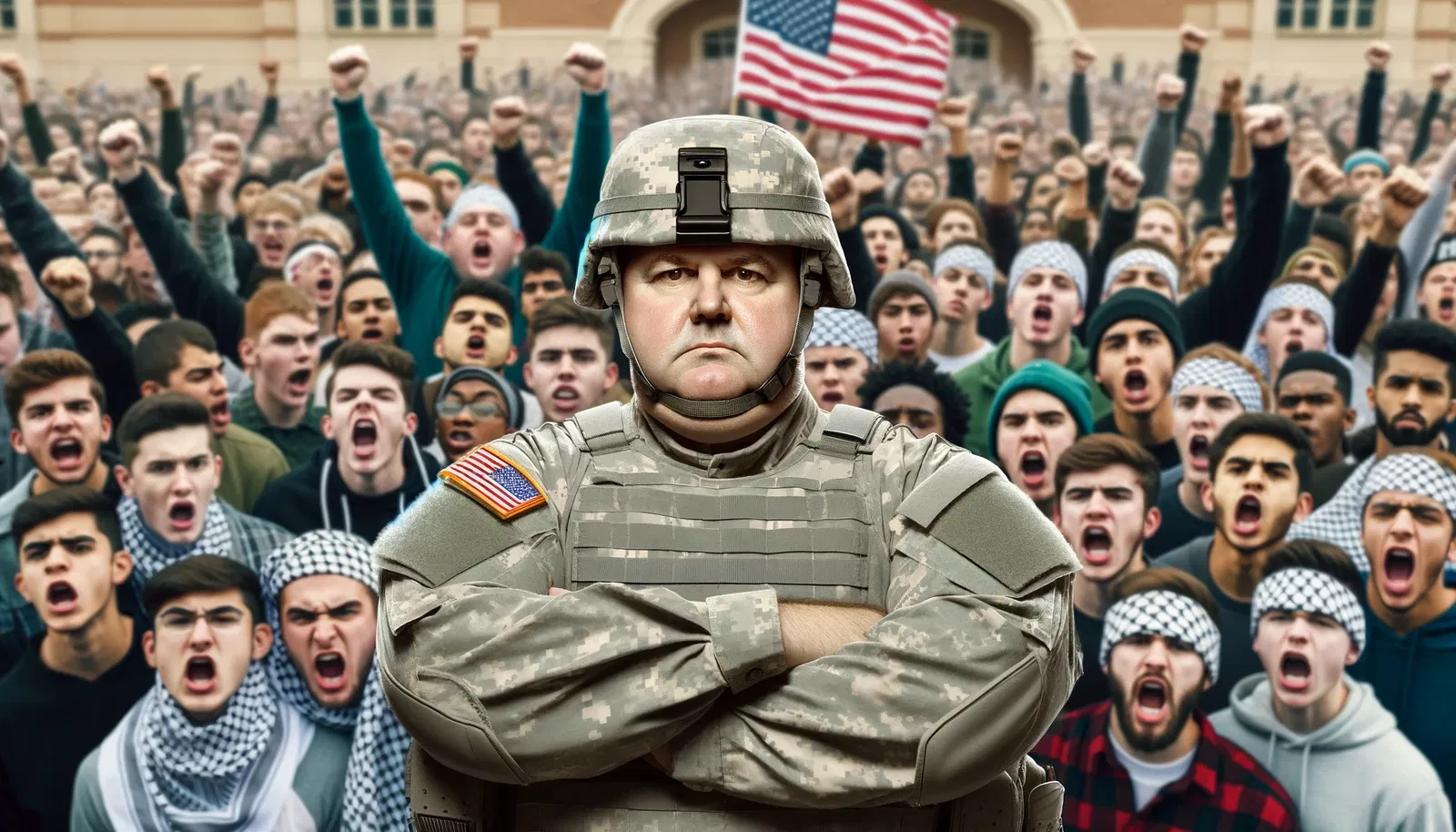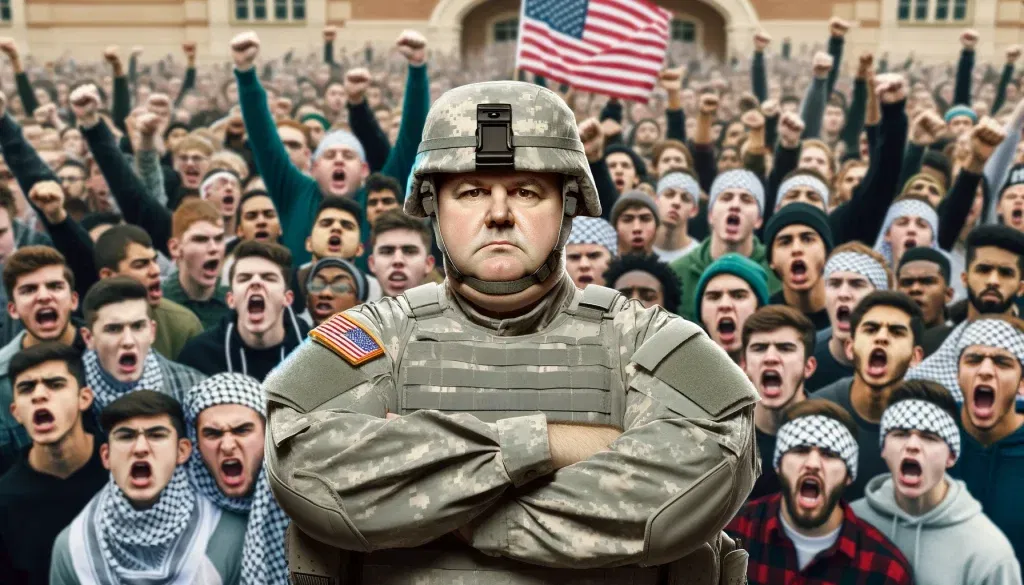When Publius Licinus Valerianus (known to history as Valerian) became emperor in 253 AD, the Roman Empire was in the midst of the ‘Crisis of the Third Century’— plagues, inflation, escalating conflicts, growing social tensions, rising crime, declining trade, and a struggling economy.
But Valerian had decades of political experience, so everyone thought he would save the day.
Instead, he continued bankrupting the treasury with huge deficits. He raised taxes, debased the currency (which caused inflation to soar), and demanded ideological conformity. Dissenters were arrested and severely punished, and many had their property confiscated by the state.
The imperial borders were also a mess; barbarian tribes were coming across the northern border in what was tantamount to a full-scale invasion of Roman territory, while the Sassanid Persians were invading Rome’s Arabian provinces from the Empire’s eastern border.
Rome’s once-legendary military was also shrinking; in fact, the Empire had a historic military recruitment crisis on its hands.
Rome wasn’t just unable to attract the best and brightest to its ranks; it was practically unable to recruit anyone at all.
Long gone were the days when a career in the Roman legions was considered an honorable profession. Roman citizens were simply no longer interested in serving. And Roman patriotism wasn’t just dead, it was laughed at.
To address these challenges, Valerian expanded the use of mercenaries. He essentially bribed new recruits, including and especially foreigners, offering money, citizenship, and land grants in exchange for serving in the military.
This marked a clear and obvious turning point in Rome’s history: empires last because they sustain their strength– and that strength requires both a prosperous economy AND a powerful military.
And it’s incredibly difficult to have a powerful military when nobody wants to serve.
The US military finds itself in a similar position today. In fact, the US in general is going through a similar period as Rome’s “Crisis of the Third Century”, complete with political scandal and instability, inflation, massive deficits, border incursions, and even a pandemic.
And the parallels between Rome’s third century military and the state of the US military today are quite strong.
Last year, the US military missed its recruitment goal by 41,000 troops, which is a staggering, record-high figure. The active-duty US military is now at its smallest size since 1940.
As a result, mission readiness is down. Fitness standards are being abandoned. Recruiting bonuses have skyrocketed. Some politicians have even suggested offering citizenship to illegal immigrants in exchange for serving in the US military.
One of the biggest reasons for this recruitment crisis is that 77% of young people in America do not meet the basic standards to join the military, whether for physical, mental, or moral reasons.
And that last one— moral— is the fastest growing part: young people aren’t interested in serving because they are being indoctrinated to hate their country.
Teachers at Fort Lee High School in New Jersey and in Berkeley California, were recently caught, for example, teaching that Hamas is a peaceful resistance movement… while Israel is genocidal.
The teacher’s union covering school districts in Portland, Oregon recently published lesson plans which praised Hamas… yet completely failed to mention their October 7 terrorist attack murdering innocent Israelis.
By the time students make it to university, they are filled with hate for their country; it’s so palpable that the supreme leader of Iran, one of America’s biggest enemies, recently praised American university students.
“You are currently part of the Resistance Front,” the Ayatollah told America’s youth, “and have waged an honorable battle despite the relentless pressure of your government.”
The kids in the street wearing their keffiyehs and screaming about their pronouns have no interest in serving.
Meanwhile, the patriotic Americans who filled the military’s ranks for decades have been maligned as “extremists”.
These are the very people who love America so much that they were ready to die for their country— and kill the enemies of their country, which is no less consequential.
Yet instead of embracing the people the military so desperately needs, the government practically lampoons them and their core beliefs.
The Army used to have slogans like “Be all you can be,” and “Army Strong”. Those have been replaced by recruiting ads about soldiers with lesbian moms. Even the CIA recruits by catering to the woke, Diversity & Inclusion crowd.
It’s bizarre to see recruiting ads tailored to radicals who hate their country and have no interest in serving. And gee what a surprise— the woke recruiting campaigns have failed.
Now the Defense Department has resorted to bribing people.
Of course, the military has long offered recruitment bonuses and college tuition in exchange for service. But it was typically one of the reasons to join, not THE reason.
That’s no longer the case. Just ask the soldiers who make TikTok videos about why they joined:
“For a Camaro.”
“To pay my bills.”
“For the money.”
Soldiers have long been a cynical group; I remember this even from my time in the service more than two decades ago. But today it seems to be at a completely different level.
Need more evidence? Allow me to offer Exhibit A— an online recruiting advertisement for the US Coast Guard that I recently saw:
“Think you’re too old or out of shape for the U.S. Coast Guard? Think again.”
Bribing people to join only got them so far, and now they are begging people to serve who are too fat and old.
Again, strong nations need both a robust economy AND a powerful military.
We’ve written at length about America’s future economic tsunami; the government itself forecasts the national debt to grow beyond $55 trillion over the next decade. Social Security will run out of money in 9 years. The US dollar is on the road to losing its global reserve status soon.
The challenges plaguing the US military, however, add yet another dimension to America’s problems.
Mission readiness is down. Most major weapons systems, from fighter jets to naval warships, are rapidly becoming obsolete… yet there is no money to replace them. And this recruiting crisis continues to worsen.
I’ve written before that, theoretically, these challenges are fixable. And there is still a very narrow window of opportunity to do so.
But at the moment it doesn’t appear that the people in charge even recognize the problems, let alone have the willingness to solve them.










